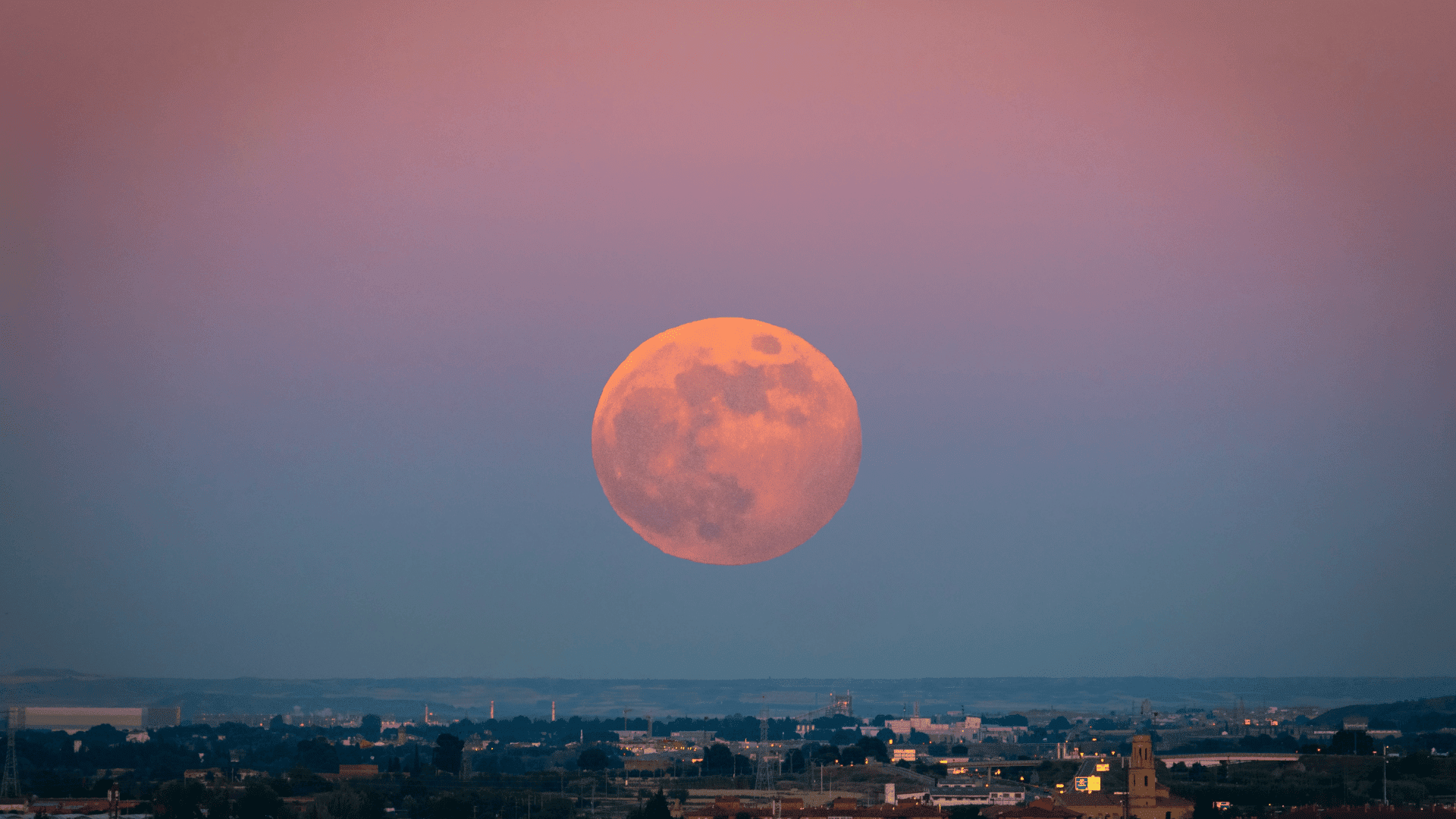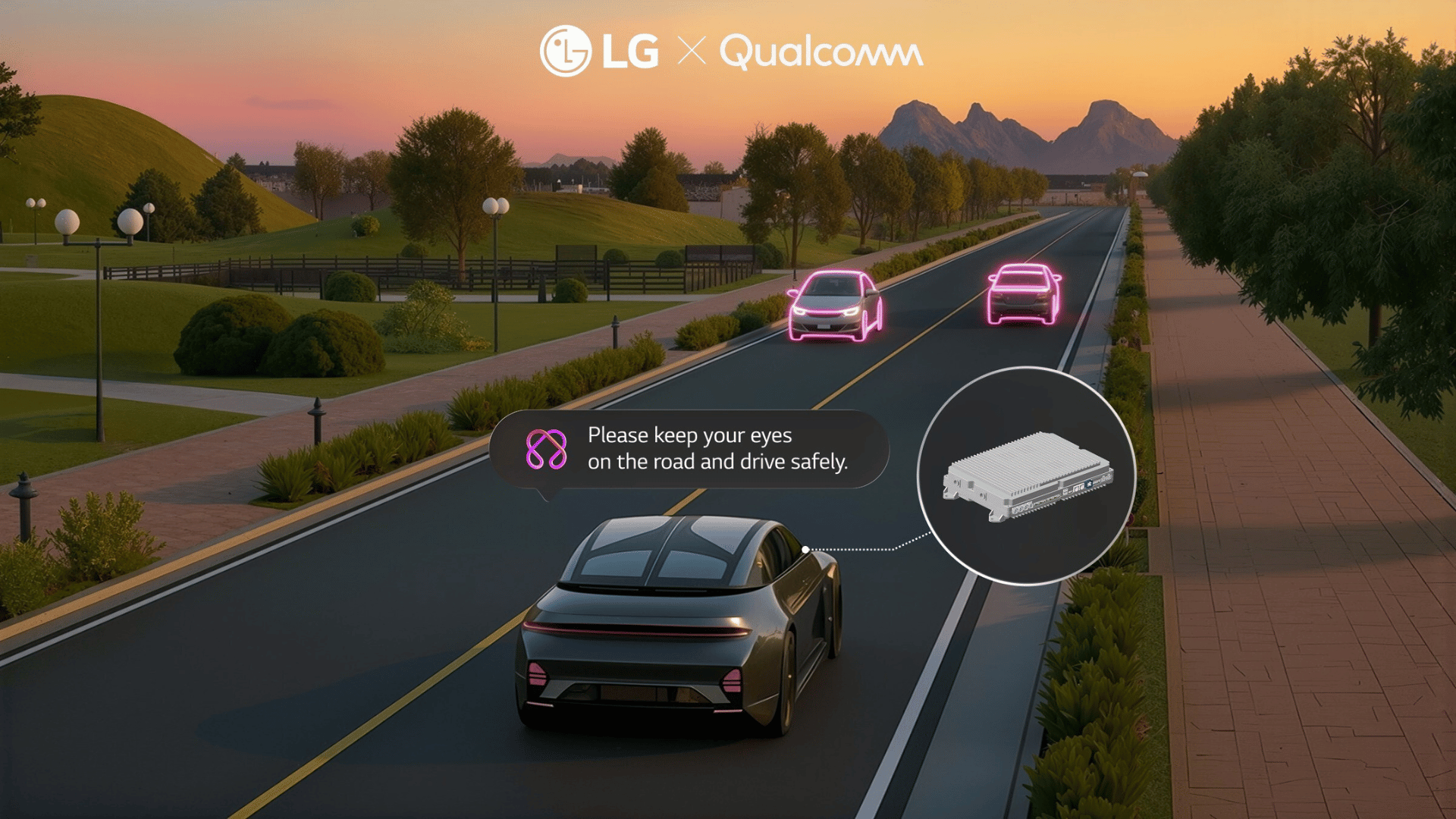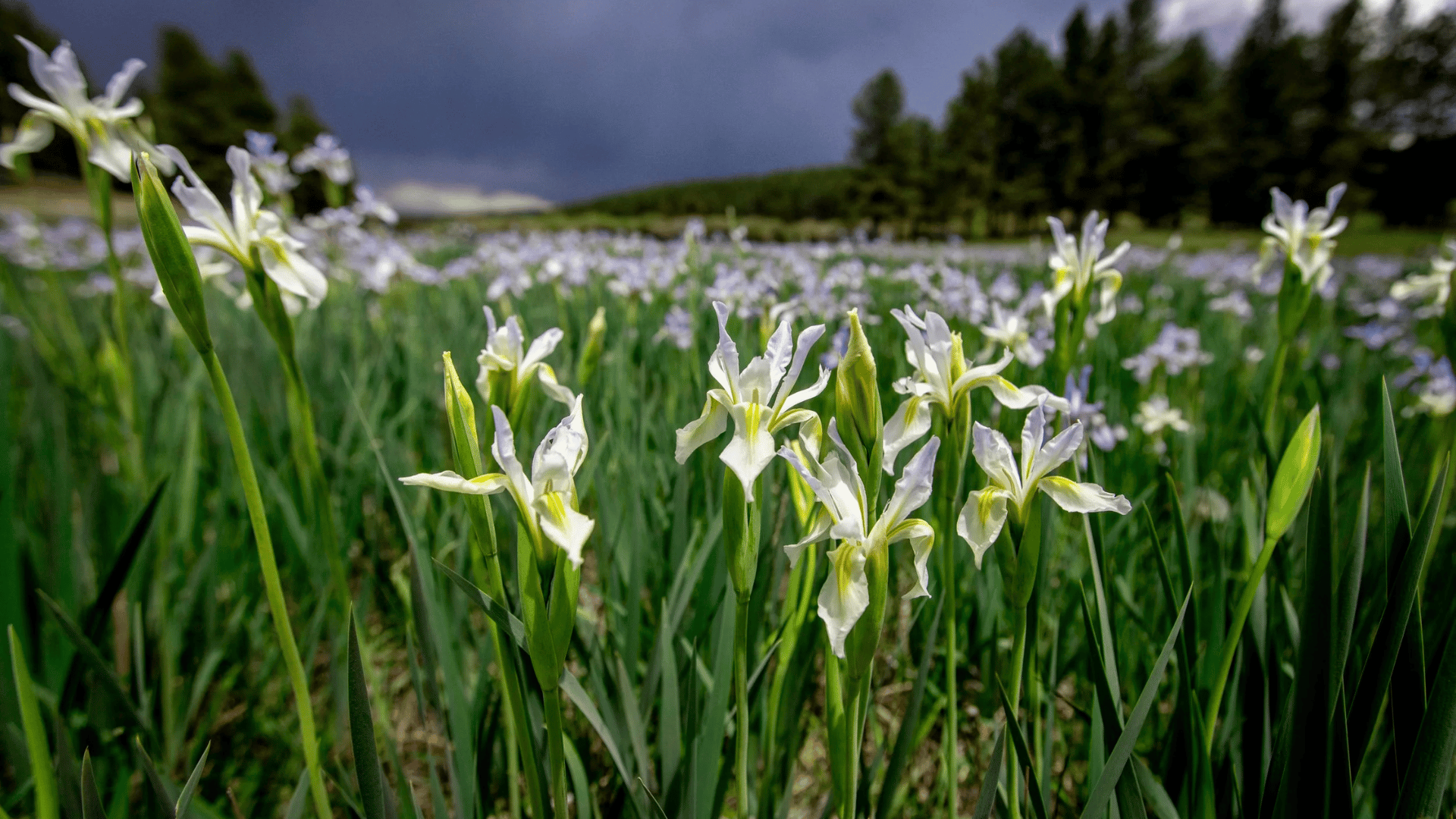Stargazers in certain parts of the Northern Hemisphere will have the opportunity to see a full Strawberry Moon in the skies this week. But where and how can you spot this rare phenomenon?
What is a Strawberry Moon?

Reportedly the lowest full moon since 2006, the phenomenon, which will be visible in the Northern Hemisphere, makes the Moon appear larger than usual. According to USA Today, though the phenomenon normally makes the Moon appear large, this one may look smaller than other strawberry moons as it’s a micromoon, making it appear about 14% smaller and 30% dimmer than is typical. Rather than a full red strawberry shade, this moon is expected to appear with a gold, yellow, or orange tint.
It’s caused by an event called a ‘major lunar standstill’, which took place earlier this year. Though June’s full moon is typically the lowest of the year in the Northern Hemisphere, this unique phenomenon occurs when the Moon reaches the extremes of its orbit around Earth.
The Moon rises and sets in its most southerly and northerly positions on the horizon only once every 18.7 years, with the effects most visible during a full moon. Researchers predict the next full moon of this kind won’t be spotted again until 2043.
When to See It?
According to NASA, this phenomenon will be at its fullest at 3:44 AM ET on June 11th. According to Live Science, however, the other best time will be June 10th, when the Moon rises at sunset. USA Today also reports that the best time for those in North America to spot the Moon will be on June 11th, when it rises in the east shortly before sunset.
Where & How to See It?
Ensure you know the moonrise and moonset times in your location, then choose a location where you can spot the eastern horizon at a low angle.







